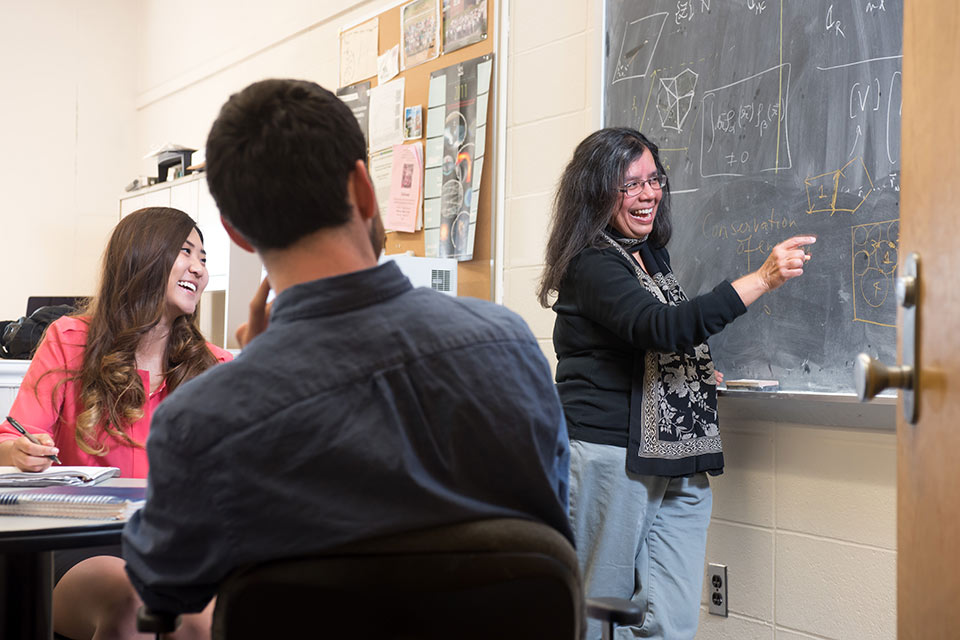IRG 2: Soft Active Materials

Research Vision and Plan
The remarkable capabilities of living cells, such as crawling, reconfiguring, and regenerating are driven by energy consuming molecular motors. Microscale forces exerted by the motors cascade to larger scales, generating mesoscale ‘active stresses’ that power each function. While it is possible to construct artificial active materials from energy-consuming biomolecular building blocks, understanding how to design and spatiotemporally control active stresses to produce a desired function is an unmet grand challenge. Establishing design principles for such active materials would transform materials science, by generating a new class of soft materials with functionalities currently found only in living organisms. At the same time, studying the emergence of life-like functions in simplified model systems will shed new light on important biological processes, thus advancing our understanding of the Rules of Life.
Understanding and controlling active stresses requires the following critical advances: First, Newton’s third law dictates that active stresses generated within a material are balanced by reaction stresses, generated by deformations of the material. Thus, controlling the emergent stresses requires independent control of internal force generation and the material properties that determine the reaction forces. Second, to predictively design stresses, we require the experimental capability to quantitatively measure active forces on length-scales ranging from the size of the building blocks to the material scale. Third, we require an accurate theoretical description of how forces cascade across these scales, and the experimental capability to redirect this cascade to obtain a target emergent behavior.
IRG 2 will advance these goals by pursuing three interrelated thrusts. In Thrust 1, we will integrate modular biochemical active units into passive soft materials, such as colloidal liquid crystals, viscoelastic polymeric fluids, and soft glassy solids. Such composites will provide independent control of active forces through biochemical modification of the active unit, and reaction forces through design of the passive material. In Thrust 2, we will develop new experimental tools and analysis techniques that directly quantify the mesoscale active stresses that drive the emergent dynamics. We will then use the tunability enabled by the composite materials of Thrust 1 to determine how the stresses depend on the activity and material properties. Using this knowledge, Thrust 3 will develop engineering strategies to control the nature, amplitude, and directionality of active stresses in situ. We will use light-activated motors to inscribe spatiotemporal patterns of activity. Using these motors and a combination of control theory and machine learning, we will create spatiotemporal patterns of active stresses to systematically access dynamical states that are otherwise unattainable.
An immediate impactful outcome of IRG2 is the systematic development of robust 3D active materials that can be prepared in milliliter quantities and retain their activity for days. 3D materials are fundamentally different from 2D, and both the phenomenology and the theory of 3D active materials remain to be explored. Consequently, our proposed studies are poised to open up a whole new field. Furthermore, by integrating data-driven machine learning techniques with opto-genetic biochemistry we will identify robust protocols for the external control of active stress, which will transform active matter from an interesting nonequilibrium system into a programmable functional material. In the longer term, we will use the biochemistry expertise of IRG2 to develop materials with engineered internal control, that can autonomously achieve new states in response to environmental cues.
Primary Participants
- Guillaume Duclos, (group co-leader), Brandeis Physics
- Seth Fraden, (group co-leader), Brandeis Physics
- Aparna Baskaran, Brandeis Physics
- Alexandre Bisson, Brandeis Biology
- Niels Bradshaw, Brandeis Biochemistry
- Bulbul Chakraborty, Brandeis Physics
- Zvonimir Dogic, UCSB Physics
- Thomas Fai, Brandeis Mathematics
- Bruce Goode, Brandeis Biology
- Mike Hagan, Brandeis Physics
- Pengyu Hong, Brandeis Computer Science
- Thomas Powers, Brown University Engineering
- Hannah Yevick, Brandeis Physics
Secondary Participants
- Andreas Bausch, TU Munich Physics
- Sriram Ramaswamy, Indian Institute of Science (IISc) Physics

